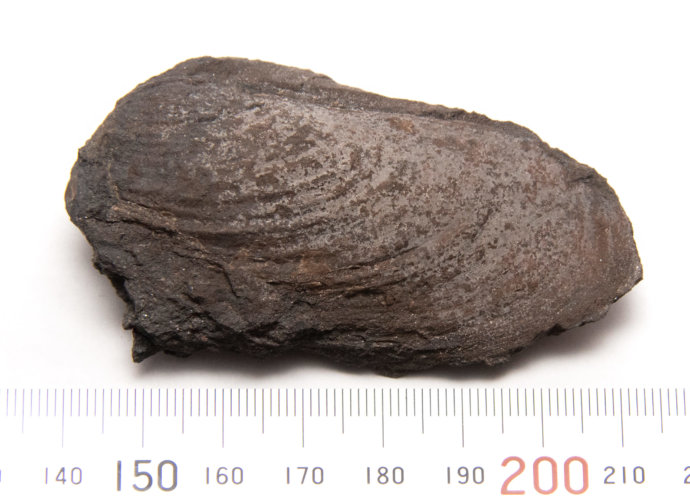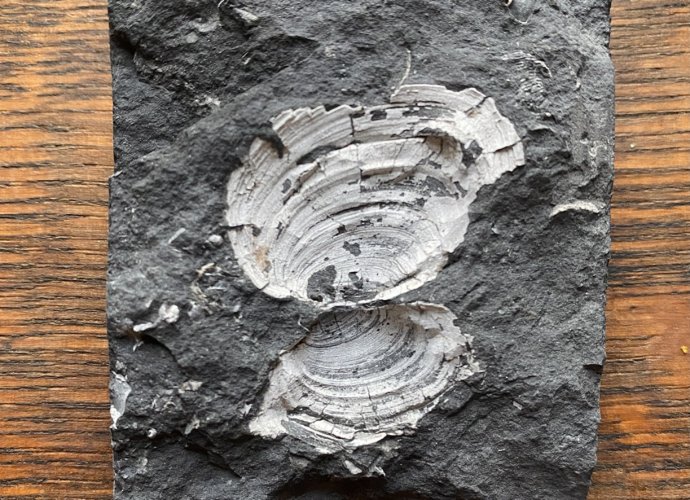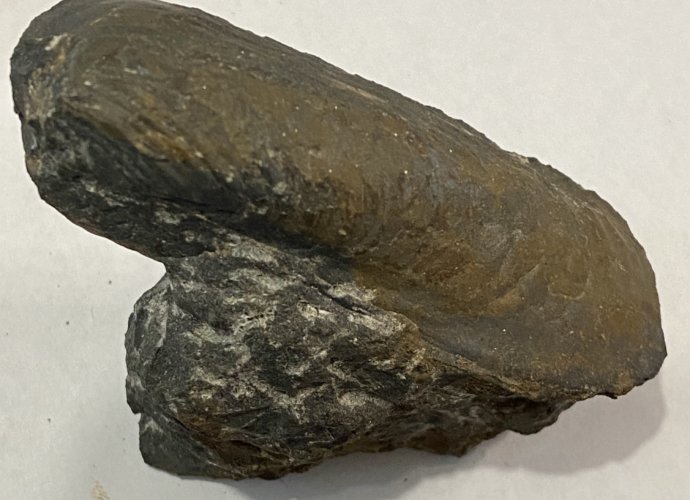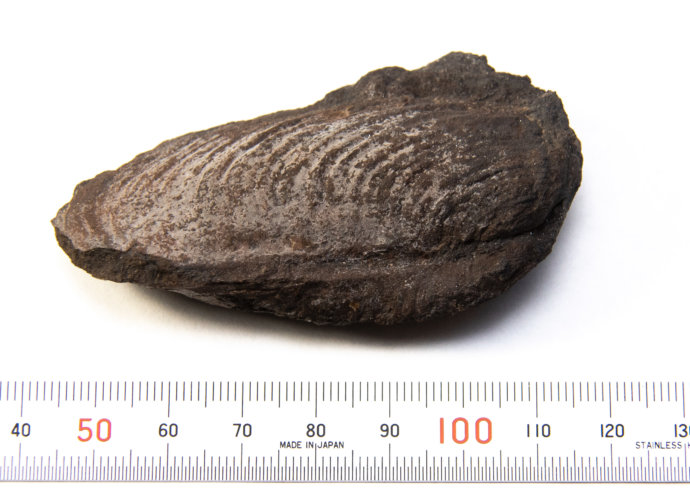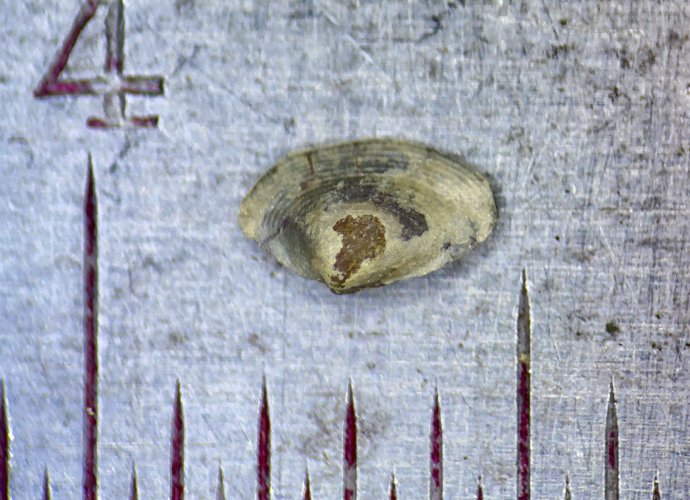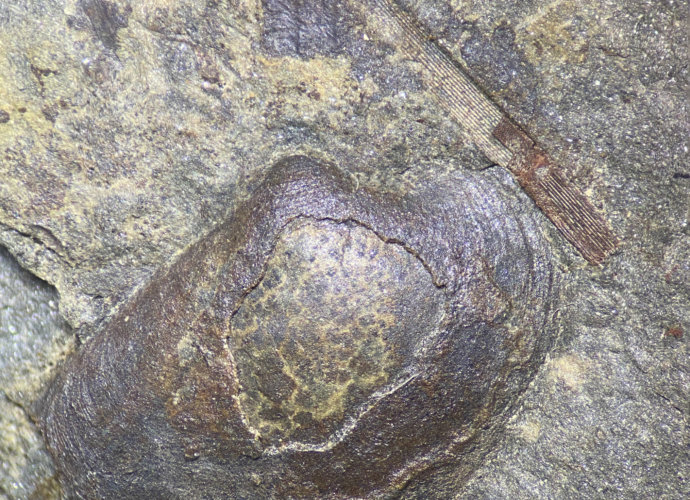Parallelodon carbonarius (Cox 1857) from the Pine Creek limestone
Parallelodon carbonarius (Cox 1857) is a bivalve with distribution from the older Pottsville Group to the younger Conemaugh Group in Ohio and Pennsylvania. This is the first specimen of this species that I have found in over three years of searching through the Brush Creek limestone and the Pine CreekRead More →


